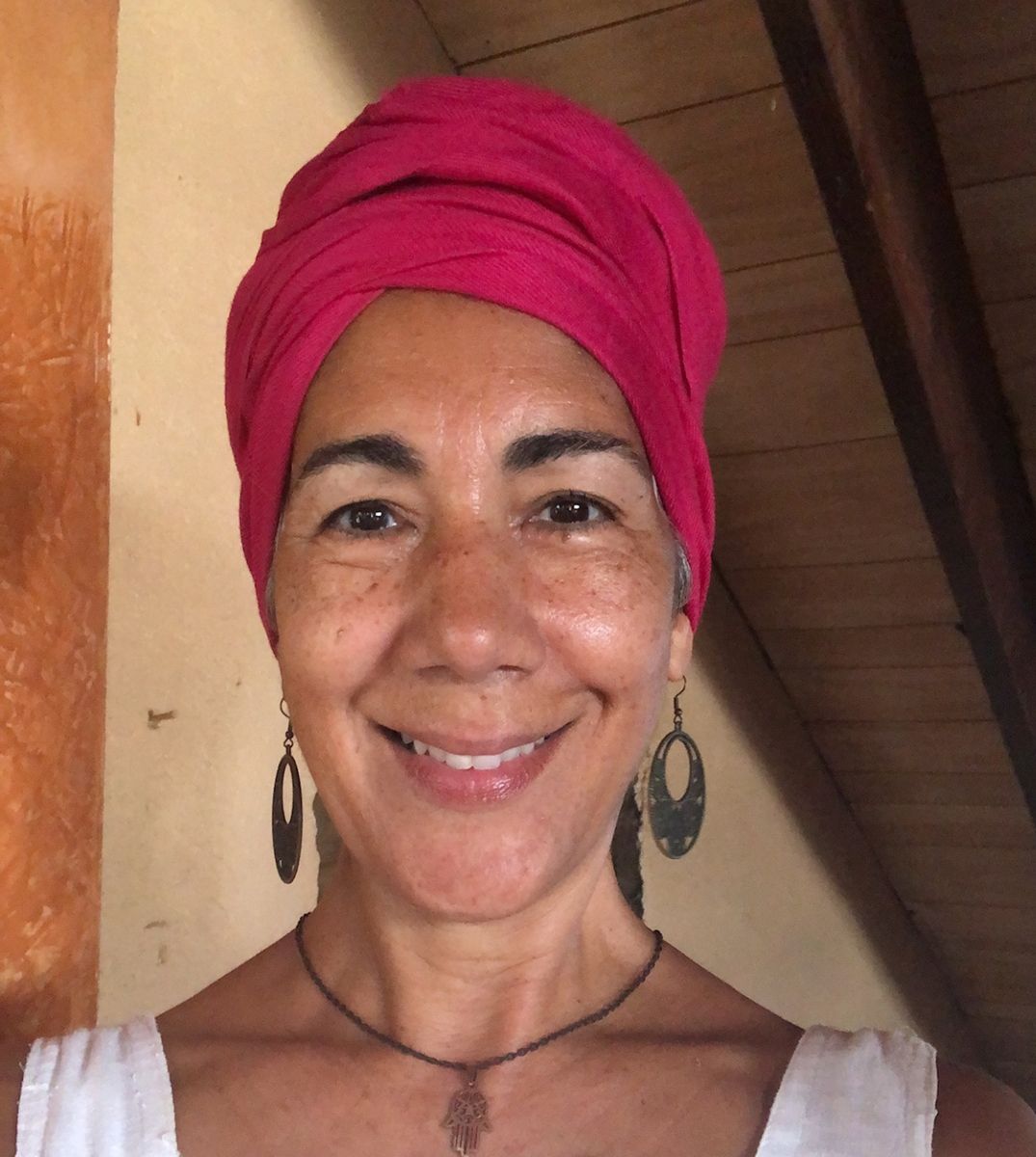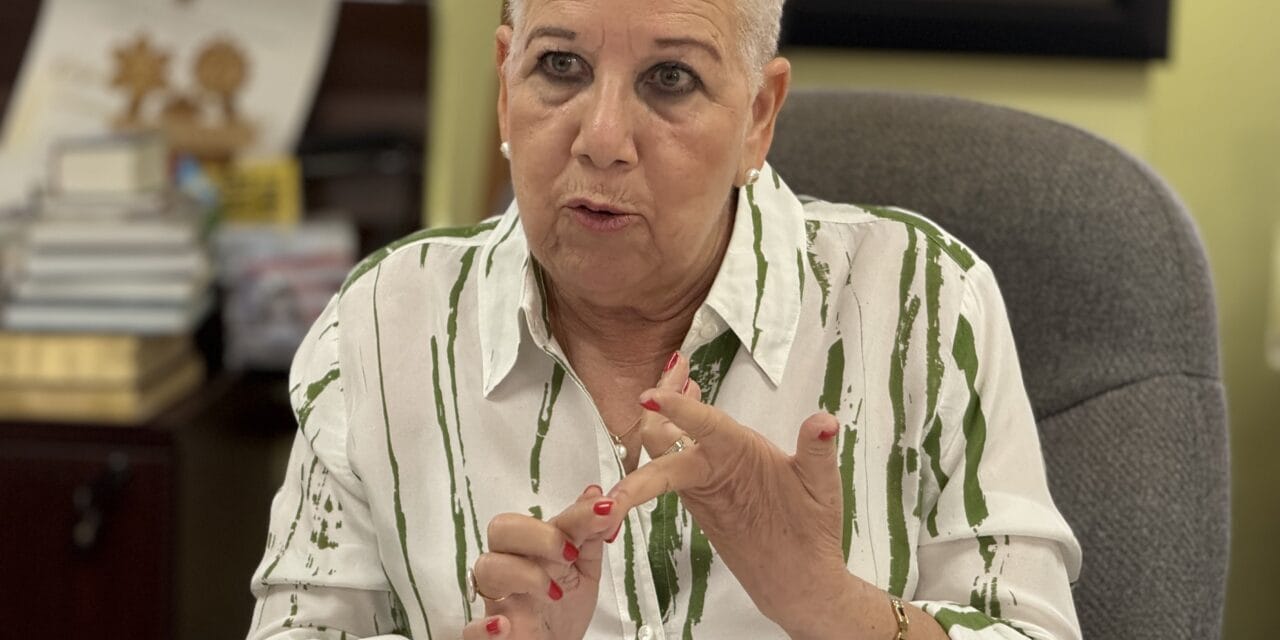Opinion for The Latino Newsletter
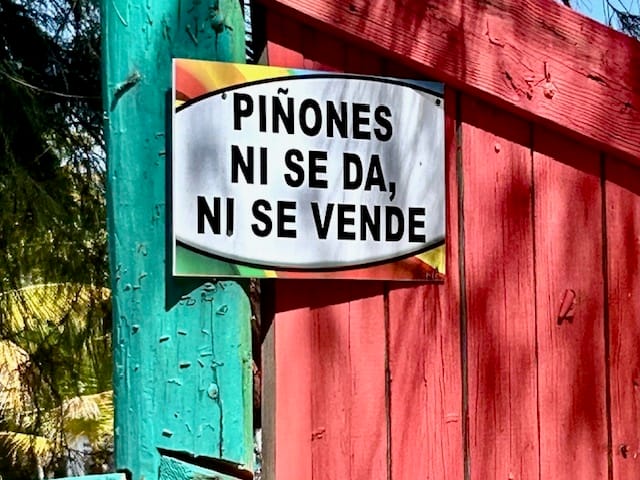
. A sign that reads “Piñones will not be given away nor will it be up for sale,” in Loíza, Puerto Rico. (Lola Rosario/The Latino Newsletter)
LOÍZA, Puerto Rico — This is one of Puerto Rico’s oldest towns, with a rich history dating back to when the Indigenous Taíno people discovered Columbus. It is also one of the coastal regions where Spain conducted its nefarious human trafficking of enslaved Africans.
This Afro-Taíno heritage is still alive today — from the way food is cooked (using a burén) to our Puerto Rican bomba music tradition, even in the language we use. For this reason, Loíza is known as the “Capital of Tradition.”
When neighbors started whispering concerns this past June about potential hotel construction here, I knew we were once again under attack. When I pressed for details, everyone I spoke with said the same thing: “You won’t find anything online until the bulldozers arrive, and by then, it'll be too late.”
The hush-hush nature of the subject motivated me to scour the internet, where I learned they were referring to the sale of land parcels intended for a trio of luxury developments that evoke Act 60, a controversial tax break for outside investors.
Translation? The intention is to turn Loíza into a Caribbean Singapore — a playground for high rollers. Of these, one belonged to Veremundo Quiñones, who also owned a separate plot of land tied to the 1980 forced eviction/killing of Adolfina Villanueva Osorio.
Although our mayor, Julia M. Nazario Fuentes, has gone on record saying she’s opposed to projects that would harm our natural resources and displace residents, loiceños are skeptical because Nazario Fuentes endorsed a 2023 $25 million ecotourism/hospitality school project.
Their worries are reminiscent of the past folding into the present. It is another story of displacement and a diminishing natural landscape — a repeated reminder of what continues to happen across the archipelago: the rich get richer via land grabs.
The Colonizers Love Our Coasts
Loíza has been threatened by wealthy investors eyeing its expansive treasure trove since the early 1970s. A quick snapshot of our vibrant northeast coastal town explains why. With seemingly endless pristine shorelines, bomba music, gastronomy, and a pre-Columbian era archaeological site, it is the epitome of our Afro-Taíno Puerto Rican culture.
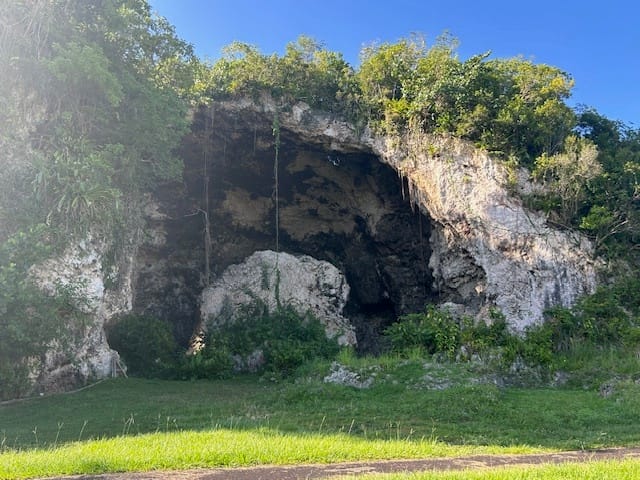
The Historical Park Cueva María de la Cruz in Loíza, Puerto Rico (Source: Lola Rosario/The Latino Newsletter).
Here’s where the power struggle becomes apparent. Although Loíza is home to several well-known artists, it is predominantly a town of working-class folks whose families have been there for generations. Many of them know these outsiders will do anything to snag a piece of this jewel, sometimes with the help of government officials.
Residents of Piñones, an area of Loíza known for its bustling restaurants and nightlife that is home to Puerto Rico’s largest mangrove forest, have particularly experienced the pain of colonizers’ insatiable greed.
A prime example of this greed dates back decades with realtor mogul Joel Katz and his company, PFZ Properties. In 1976, residents took the company to court when it proposed a huge hotel/condominium project in the Vacía Talega neighborhood. Then, between 1988 and 1990, PFZ filed several petitions to evict residents of Piñones’ Monte Grande sector for another building plan. In both cases, the realtor was denied; however, the threat persists.
In the summer of 2012, the environmental activist and community organization Coalition Piñones-Loíza (CPL) celebrated a victory against Katz. The developer’s Costa Serena project proposed a luxury 880-unit condo-hotel, with 42 residential units, parking for 1,394 vehicles, a casino, and 5,000 square meters of commercial space — a mega complex that would have been constructed partly along the mangrove forest. CPL alleged that former Governor Luis Fortuño’s administration “inflated” the land value by more than $27 million, according to local outlet Primera Hora.
Bloodied Hands for Beachfront Property
Tears stung my eyes as I slowly poured water as an offering at the base of the Ceiba sapling growing a short walk from the Atlantic Ocean. It was planted in memory of Villanueva Osorio, the 34-year-young Black loiceña seamstress and community leader killed on February 6, 1980, by police during a botched eviction.
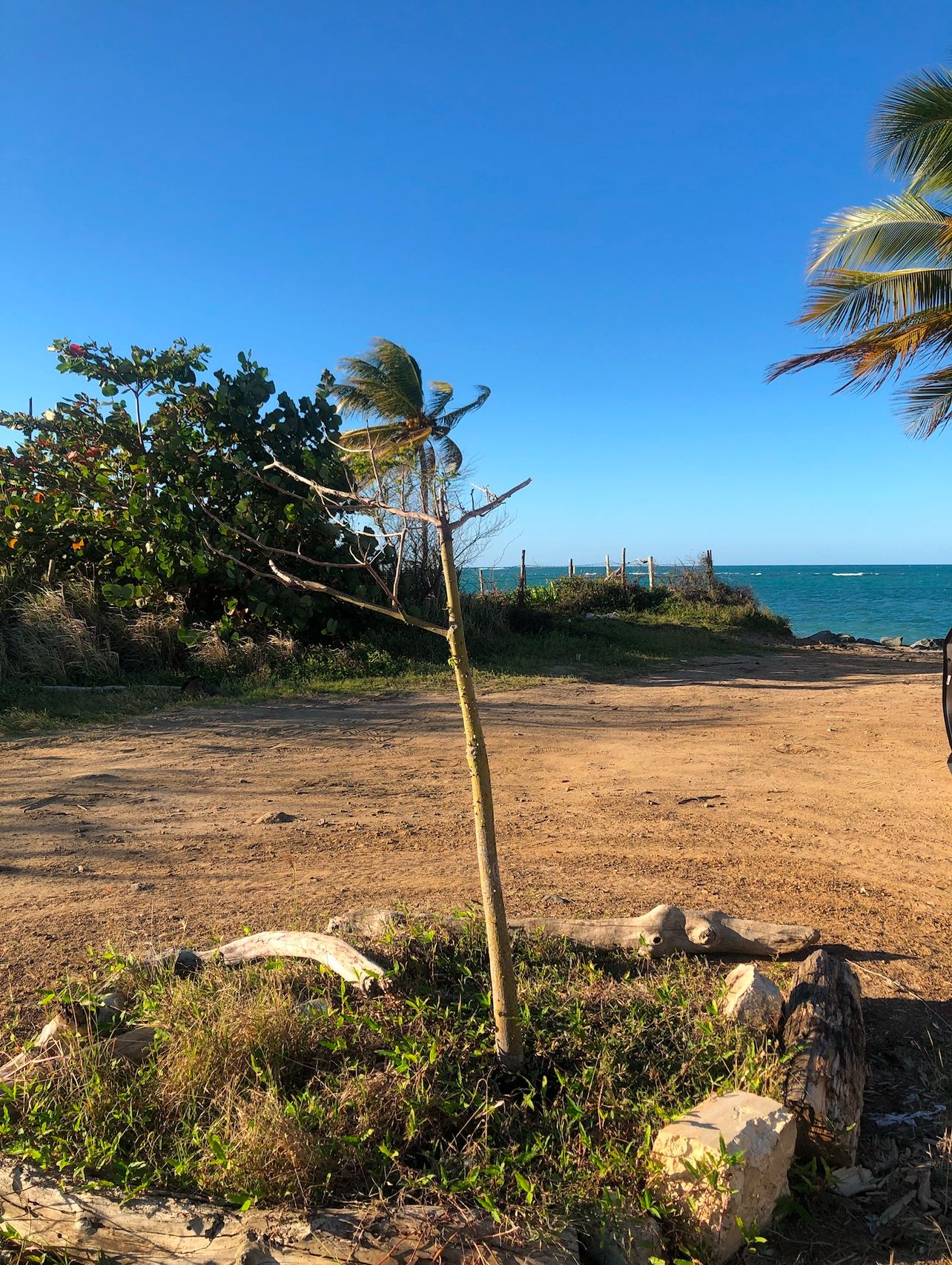
A tiny Ceiba tree planted where Adolfina Villanueva’s home once stood in the Tocones neighborhood of Loíza, Puerto Rico in 2022. It has since been removed. (Source: Lola Rosario/The Latino Newsletter)
To understand the grave injustice committed in Loíza’s Tocones neighborhood on that fateful day, we need to rewind the clock a bit. Throughout the 20th century, Puerto Rico’s independence movement was strictly surveilled by the police and the Federal Bureau of Investigation (FBI). Led by then-governor Carlos Romero Barceló, an ardent supporter of Puerto Rican statehood, the Police of Puerto Rico were given free rein to terrorize its citizens, as was the case with the 1978 Cerro Maravilla murders of two young Puerto Rican Nationalists.
Under this repressive environment — and despite the Carrasquillo Villanueva family trying to prove their land ownership rights — a judge ordered their eviction. The judge, the landowner, and various police officers showed up to remove her by force, all to build a summer home for then San Juan Archbishop, Cardinal Luis Aponte Martínez. Neither Victor Estrella, the sergeant accused of killing Adolfina, nor anybody else has ever been held accountable. Police claimed she was holding a machete and that her husband had a revolver. Her husband says they made the claim up. Local newspapers reported that the revolver was rusted.
Everyone I know who lived here during that time shares the same sentiment: in the aftermath of Adolfina’s killing, they say a permanent cloud of fear enveloped the town. Though the cleric’s residence was never built, the pain remains palpable to this day. The irony is that neither the church’s greed nor our town’s grief will ever be erased.
Solutions By The People, For The People
Loíza doesn't need hotels for wealthy tourists. We seek sustainable solutions that respect our traditions and safeguard our ecosystems. Our pueblo is filled with artists, community leaders, and professionals with creative ideas, like the loiceño who envisions a cafecito kiosk serving pastries on weekends at our public plaza. I’d love for our municipality to host a monthly cultural event similar to the one in neighboring Canóvanas. Another loiceña dreams of a theatre to host local talent, something like Bayamón’s Teatro Braulio Castillo.
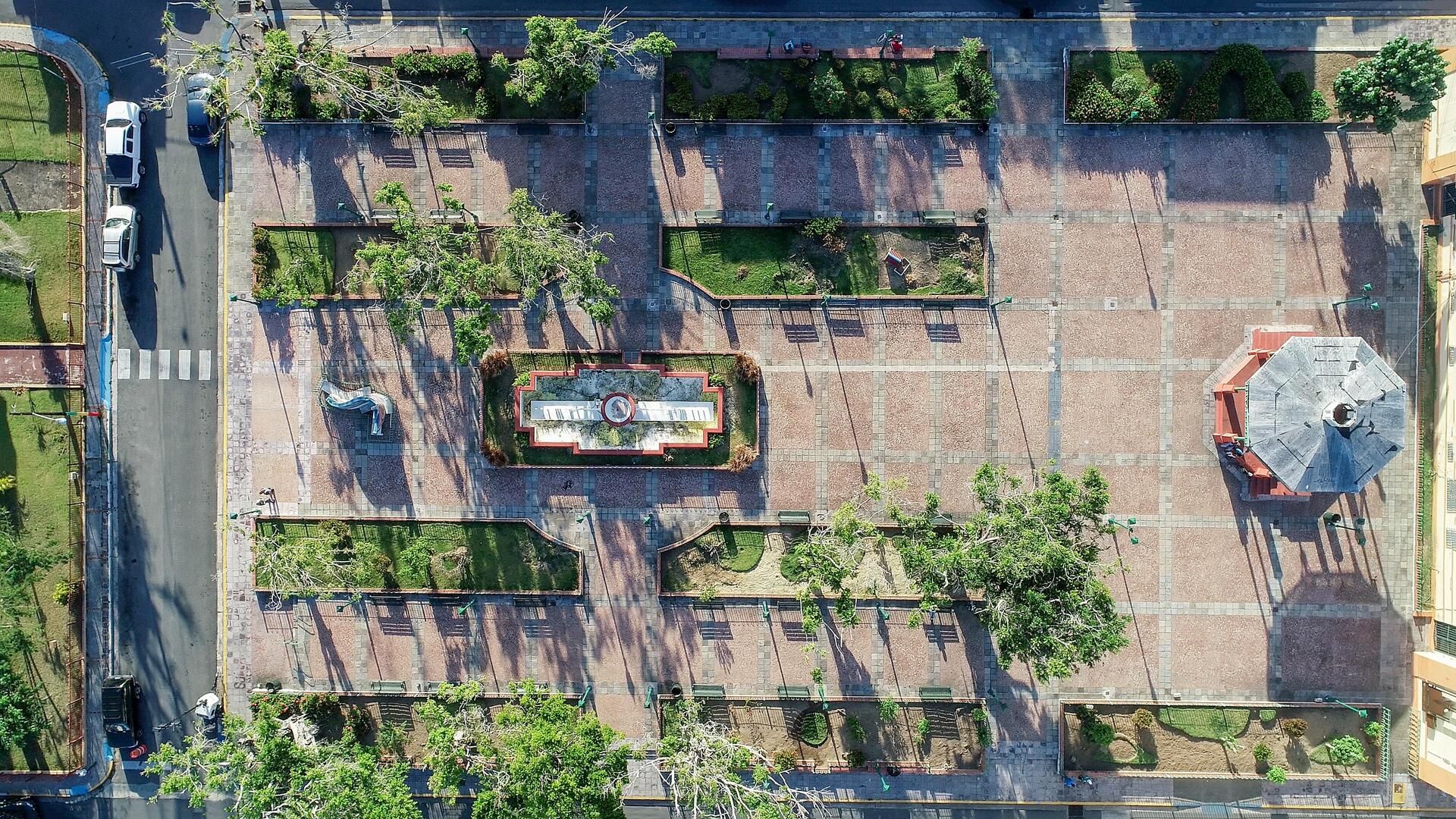
An aerial shot of Loíza’s public plaza in 2018. (Source: Prahadigital.org: The Puerto Rico Architectural Heritage Archive (PRAHA), Para La Naturaleza)
Despite our mayor's recent public statement that she does not endorse projects intended to displace residents, many of us do not expect any politician to rescue us. Because the vultures will always seek to feast on our dulces, we must remain several steps ahead of them with our collective grassroots efforts to save Loíza.
These luchas will continue.
We’re ready because resistance is in our blood.
Lola Rosario is a Nuyorican spoken word poet and freelance journalist living in Loíza, Puerto Rico.
What We’re Reading
Mario Guevara Deported: Earlier today, the family of journalist Mario Guevara said that he was deported to El Salvador.
The Latino Newsletter welcomes opinion pieces in English and/or Spanish from community voices. Submission guidelines are here. The views expressed by outside opinion contributors do not necessarily reflect the editorial views of this outlet or its employees.
